42 data labels in r
r - How to Add Data Labels to ggplot - Stack Overflow 03/04/2017 · Attempting to add data labels to a barplot, using ggplot is giving me the following error: Error: geom_text requires the following missing aesthetics: x My … Label Encoding in R - KoalaTea Using a Label Encoder in R To encode our cities, turn them into numbers, we will use the LabelEncoder class from the superml package. We first create an instance of the class using the new method. Then, we use the fit_transform method to encode our variables. library(superml)
dataframe - R: Assign variable labels of data frame columns ... Dec 08, 2014 · I also have a named vector with the variable labels for this data frame: var.labels <- c(age = "Age in Years", sex = "Sex of the participant") I want to assign the variable labels in var.labels to the columns in the data frame data using the function label from the Hmisc package. I can do them one by one like this and check the result afterwards:
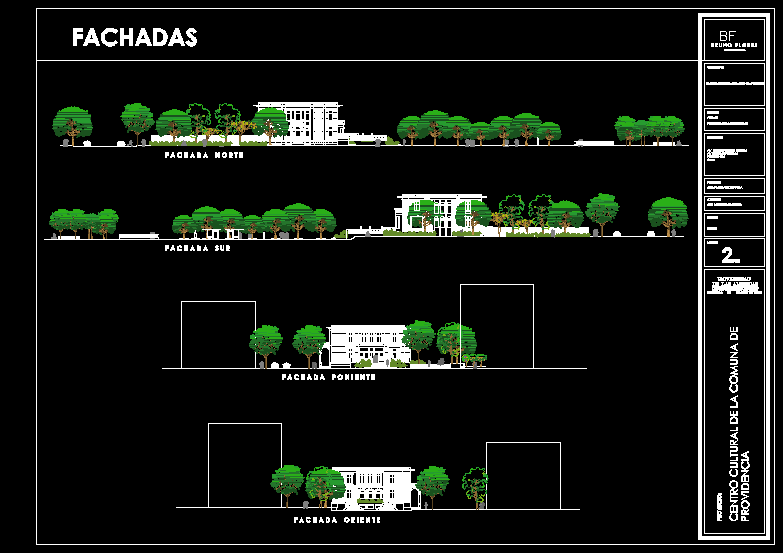
Data labels in r
R plot() Function (Add Titles, Labels, Change Colors and … The most used plotting function in R programming is the plot() function. It is a generic function, meaning, it has many methods which are called according to the type of object passed to plot().. In the simplest case, we can pass in a vector and we will get a scatter plot of magnitude vs index. But generally, we pass in two vectors and a scatter plot of these points are plotted. Data Visualization With R - Title and Axis Labels This is the second post of the series Data Visualization With R. In the previous post, we explored the plot () function and observed the different types of plots it generated. In this post, we will learn how to add: Title. Subtitle. Axis Labels. to a plot and how to modify: Axis range. In the previous post, we created plots which did not have ... Getting variable labels in R, from SPSS | R-bloggers There is a nifty trick to getting the filepath for the SPSS datafile you wish to import, use: file.choose () Copy and paste the filepath into this code: dataset = read.spss (" [filepath including filename goes here]", to.data.frame=TRUE) The option at the end creates the R file as a dataframe, which is the type of data object I want in R.
Data labels in r. R - Data Types - Tutorials Point In R programming, the very basic data types are the R-objects called vectors which hold elements of different classes as shown above. Please note in R the number of classes is not confined to only the above six types. For example, we can use many atomic vectors and create an array whose class will become array. Vectors How to create ggplot labels in R | InfoWorld Sometimes you may want to label only a few points of special interest and not all of your data. You can do so by specifying a subset of data in the data argument of geom_label_repel (): ma_graph2 +... PIPING HOT DATA: Leveraging labelled data in R The haven, labelled, and sjlabelled packages can be used to effectively work with SPSS, SAS, and Stata data sets in R through implementation of the haven_labelled class, which stores variable and value labels. Here are my most used functions for getting started with labelled data: Purpose. Function. 1. Import SPSS labelled data. Draw Scatterplot with Labels in R (3 Examples ... Example 1: Add Labels to Base R Scatterplot. This Example illustrates how to draw labels to a plot created with the basic installation of the R programming language. For this, we have to use the plot() and text() functions as shown below. Note that we have to increase the xlim of our plot to give enough space for the labels:
3.9 Adding Labels to a Bar Graph | R Graphics Cookbook, 2nd edition Another common scenario is to add labels for a bar graph of counts instead of values. To do this, use geom_bar (), which adds bars whose height is proportional to the number of rows, and then use geom_text () with counts: FACTOR in R [CREATE, CHANGE LABELS and CONVERT data] 22/03/2020 · The factor function. The factor function allows you to create factors in R. In the following block we show the arguments of the function with a summarized description. factor(x = character(), # Input vector data levels, # Input of unique x values (optional) labels = levels, # Output labels for the levels (optional) exclude = NA, # Values to be excluded from levels … Modify axis, legend, and plot labels using ggplot2 in R 21/06/2021 · Adding axis labels and main title in the plot. By default, R will use the variables provided in the Data Frame as the labels of the axis. We can modify them and change their appearance easily. The functions which are used to change axis labels are : xlab( ) : For the horizontal axis. ylab( ) : For the vertical axis. Plot in R :Adding data labels to R plots, Data Visualization using R ... This video discusses about addition of data labels on the plot using geom_text and Geom label. How to avoid overlapping using package ggrepel has also been d...
Add text labels with ggplot2 – the R Graph Gallery Add labels for a selection of marker Last but not least, you can also select a group of marker and annotate them only. Here, only car with mpg > 20 and wt > 3 are annotated thanks to a data filtering in the geom_label() call. How to Add Labels Over Each Bar in Barplot in R? - Data Viz with Python ... Barplot with labels on each bar with R We can easily customize the text labels on the barplot. For example, we can move the labels on y-axis to contain inside the bars using nudge_y argument. We can also specify the color of the labels on barplot with color argument. life_df %>% ggplot(aes(continent,ave_lifeExp))+ geom_col() + R Boxplot labels | How to Create Random data? - EDUCBA Conclusion – R Boxplot labels. The data grouping is made easy with the help of boxplots. Box plot supports multiple variables as well as various optimizations. We can also vary the scales according to data. Boxplots can be used to compare various data variables or sets. The usability of the boxplot is easy and convenient. We need consistent ... How to Label Points on a Scatterplot in R (With Examples) Example 1: Label Scatterplot Points in Base R. To add labels to scatterplot points in base R you can use the text () function, which uses the following syntax: text (x, y, labels, …) x: The x-coordinate of the labels. y: The y-coordinate of the labels. labels: The text to use for the labels. The following code shows how to label a single ...
R: Assign variable labels of data frame columns - Stack Overflow 08/12/2014 · I also have a named vector with the variable labels for this data frame: var.labels <- c(age = "Age in Years", sex = "Sex of the participant") I want to assign the variable labels in var.labels to the columns in the data frame data using the function label from the Hmisc package. I can do them one by one like this and check the result afterwards:
How to Add Labels Over Each Bar in Barplot in R? - GeeksforGeeks Get labels on the top of bars In the below example, we will add geom_text () in the plot to get labels on top of each bar. R set.seed(5642) sample_data <- data.frame(name = c("Geek1","Geek2", "Geek3","Geek4", "Geeek5") , value = c(31,12,15,28,45)) library("ggplot2") plot<-ggplot(sample_data, aes(name,value)) + geom_bar(stat = "identity")+
r - Adding data labels above geom_col() chart with ggplot2 ... Apr 08, 2018 · Good answer. No other example had answer to this. You might now know the reason why your earlier solution was not working. geom_text expects only 1 value per bar(in case of multiple value it was printing all).
Text and annotations in R - Plotly For the pie, bar, sunburst and treemap traces, it is possible to force all the text labels to have the same size thanks to the uniformtext layout parameter. The minsize attribute sets the font size, and the mode attribute sets what happens for labels which cannot fit with the desired fontsize: either hide them or show them with overflow.
FACTOR in R [CREATE, CHANGE LABELS and CONVERT data] The factor function. The factor function allows you to create factors in R. In the following block we show the arguments of the function with a summarized description. factor(x = character(), # Input vector data levels, # Input of unique x values (optional) labels = levels, # Output labels for the levels (optional) exclude = NA, # Values to be excluded from levels ordered = is.ordered(x ...
labels function - RDocumentation labels (data) returns a named vector of variable labels, where the names match the variable names and the values represent the labels. Details All labels are stored as attributes of the columns of the data frame, i.e., each variable has (up to) one attribute which contains the variable lable.
get_labels function - RDocumentation When working with labelled data, you can, e.g., use get_label or get_labels to get a vector of value and variable labels, which can then be used with other functions like barplot etc. See 'Examples'. Furthermore, value and variable labels are used when saving data, e.g. to SPSS (see write_spss ), which means that the written SPSS file contains ...
R Data Import/Export The easiest form of data to import into R is a simple text file, and this will often be acceptable for problems of small or medium scale. The primary function to import from a text file isscan, and ... numbers, possibly with row and column labels. This can be done by the functions write.table and write. Function write just writes out a matrix ...
Label BoxPlot in R | Delft Stack R is equipped with many functions for different types of graphs and plots. Such plots are very useful and can provide good insights into the data. The BoxPlot is a unique and useful graph type. It allows us to study the distribution of data and identify different trends in the dataset. We can use it for comparison between different groups as well.
Quick-R: Data Types dimnames provides optional labels for the columns and rows. # generates 5 x 4 numeric matrix y<-matrix(1:20, nrow=5,ncol=4) ... To explore data types in R, ...
labels.data.frame : Extract labels from and set labels for data frames In papeR: A Toolbox for Writing Pretty Papers and Reports. Description Usage Arguments Details Value Note Author(s) See Also Examples. View source: R/labels.R. Description. Labels can be stored as an attribute "variable.label" for each variable in a data set using the assignment function. With the extractor function one can assess these labels. Usage
R: Add, replace or remove value labels of variables Details. add_labels () adds labels to the existing value labels of x, however, unlike set_labels, it does not remove labels that were not specified in labels. add_labels () also replaces existing value labels, but preserves the remaining labels. remove_labels () is the counterpart to add_labels () . It removes labels from a label attribute of x .
Change Table Names & Labels in R (2 Examples) | How to Modify & Adjust Table Names & Labels in R (2 Examples) In this R programming tutorial you'll learn how to change the names and labels of a table object. Table of contents: 1) Example Data. 2) Example 1: Change Column Names of Table Object. 3) Example 2: Change Row Names of Table Object. 4) Video & Further Resources.
Draw Scatterplot with Labels in R (3 Examples) | Base R & ggplot2 Example 1: Add Labels to Base R Scatterplot. This Example illustrates how to draw labels to a plot created with the basic installation of the R programming language. For this, we have to use the plot() and text() functions as shown below. Note that we have to increase the xlim of our plot to give enough space for the labels:
Map with Data Labels in R - powerbi.tips 10/10/2016 · After adding the R script press the execute button to reveal the map. Paste R Script Final Map Product. Notice how we have data included for Alaska and Hawaii but those states are not drawn. We want to remove the Alaska and Hawaii data points. Add the StateName field to the Page Level Filters and then click Select All.
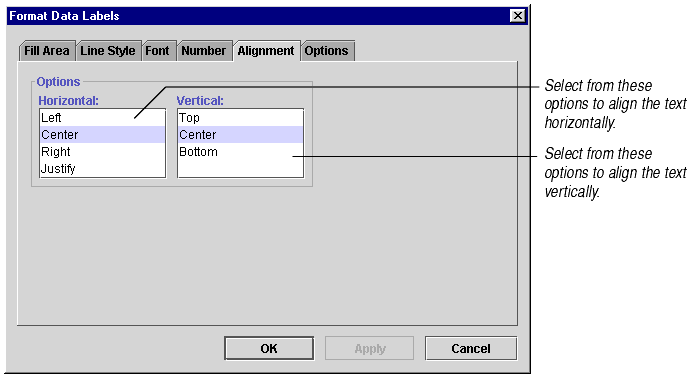

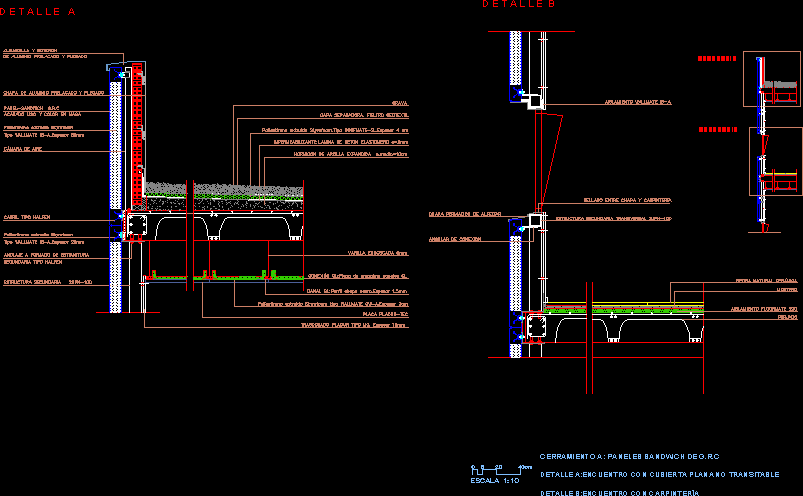
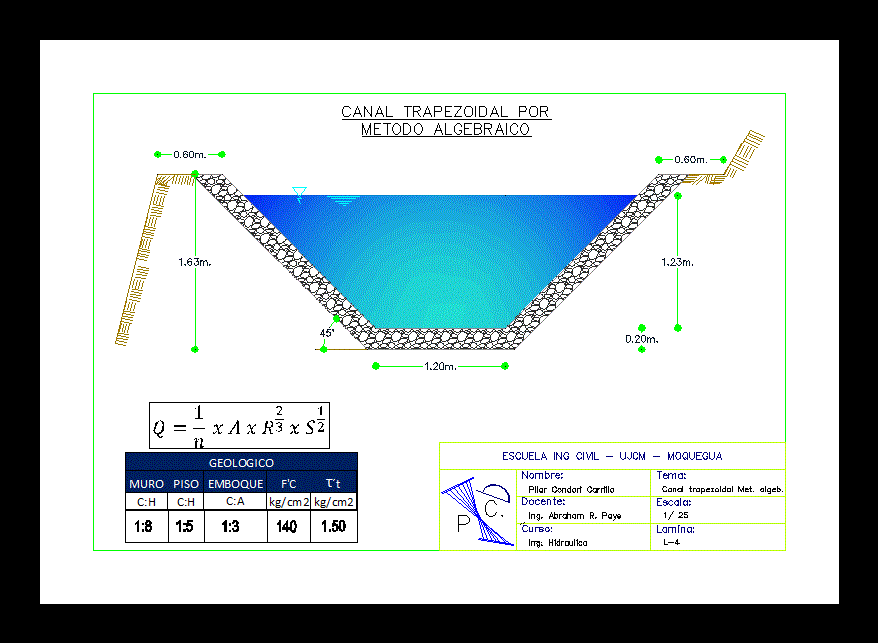
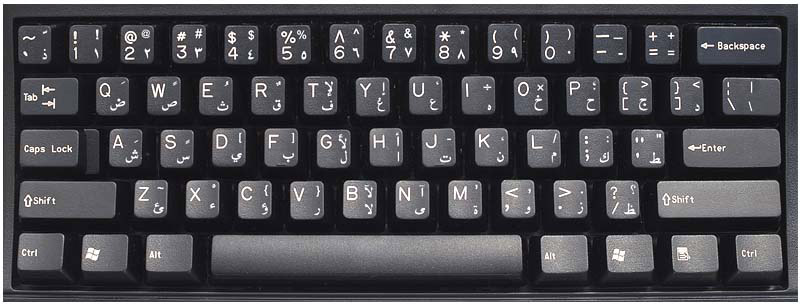







Post a Comment for "42 data labels in r"